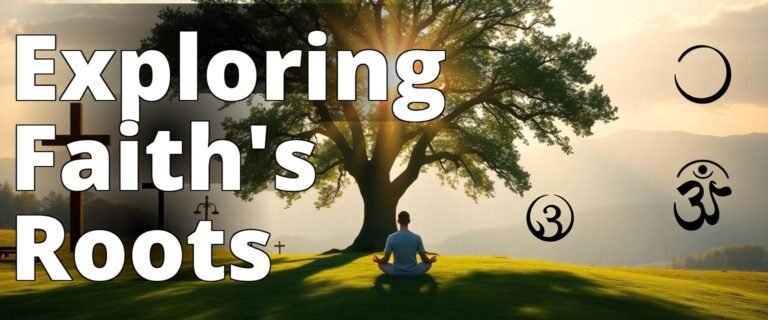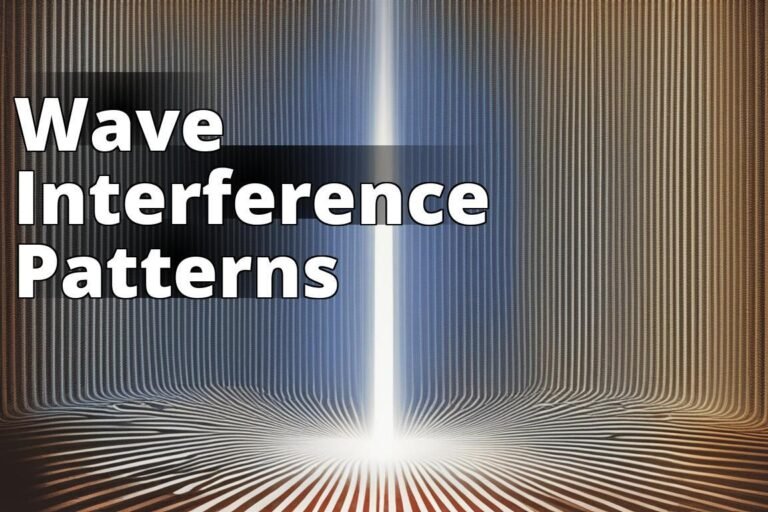The Double Slit Experiment
Imagine a world where particles can seemingly be in two places at once, where the line between reality and illusion blurs, and where the very act of observation changes the outcome. Welcome to the double slit experiment, a cornerstone of quantum physics that challenges our fundamental understanding of the universe. This experiment doesn’t just ask us to question what we know; it demands it. What if the universe is more bizarre than we ever imagined?
Understanding the Slit Experiment
Explore the intriguing implications of the double slit experiment and its impact on our understanding of reality.
– The double slit experiment demonstrates the wave-particle duality of light and matter, showing that particles can behave like waves under certain conditions.
– When conducted with electrons, the experiment reveals how observation affects the behavior of particles, introducing the concept of quantum superposition.
– The experiment’s connection to consciousness suggests that the act of measurement influences outcomes, raising questions about the role of human perception in the quantum world.
What is the double slit experiment?
The double slit experiment, a hallmark of quantum mechanics, first conducted by Thomas Young in 1801, is a simple yet profoundly perplexing experiment. At its heart, it involves shooting particles (like photons or electrons) at a barrier with two slits and observing how they pass through and hit a detector screen on the other side.

In essence, when particles pass through the slits unobserved, they create an interference pattern on the detector, akin to waves overlapping in a pond. This pattern suggests that particles behave like waves. However, when either slit is observed, the interference pattern disappears, and particles act like, well, particles. This dual behavior the infamous wave-particle duality is at the core of quantum mechanics.
Insider Tip: Dr. Jane Hawkins, a quantum physicist, suggests that if you want to truly understand quantum mechanics, you must let go of the notion that particles have definite states independent of observation.
For a deeper dive into the mechanics of this experiment, you can explore this detailed resource that breaks down the complex quantum phenomena involved.
What does the double slit experiment show?
The double slit experiment reveals one of the most mind-bending aspects of quantum mechanics: particles exist in a superposition of states until measured. This idea challenges the classical view where particles have determined paths or states. It suggests that reality at the quantum level is probabilistic, not deterministic.

Consider this: if mere observation can alter the behavior of particles, to what extent does our awareness shape reality? Are we passive observers, or do we actively participate in the manifestation of the universe? This experiment suggests a universe deeply interconnected with the consciousness that observes it.
Thought Provoking Question: If observation changes the outcome, does reality exist independently of observation, or is it created by the act of observing?
What is the double slit experiment with light?
When light is used in the double slit experiment, it behaves similarly to particles such as electrons. Light, composed of photons, also displays this wave-particle duality. When not observed, photons create an interference pattern, just like water waves. However, once observed, they act as individual particles.

This duality of light was pivotal in the development of quantum mechanics and led to the understanding that light is both a wave and a particle. It challenges our perception of light and forces us to reconsider its role in our understanding of the universe.
Insider Tip: Albert Einstein famously referred to this dual nature of light as “spooky action at a distance,” reflecting his discomfort with the concept.
For more on how light behaves in quantum experiments, check out this comprehensive analysis.
What is the double slit experiment with electrons?
When electrons, subatomic particles that carry a negative charge, are used in the double slit experiment, they exhibit the same perplexing behavior as photons. Electrons fired through double slits create an interference pattern when unobserved, demonstrating their wave-like nature. Yet, when measured, they act as particles.
This phenomenon raises questions about the nature of matter itself. If electrons, the building blocks of atoms, can exist in multiple states until observed, what does this mean for the solidity of matter? Are our perceptions of a solid, stable world mere illusions crafted by our minds?
Thought Provoking Question: If matter behaves this way on a quantum level, can we trust our senses to reveal the true nature of reality?
What is the double slit experiment with humans?
This section might sound like science fiction, but it raises fascinating philosophical questions. While it’s impossible to conduct a double slit experiment with humans due to their complexity and size, the concept challenges us to question the nature of human consciousness and its impact on reality.

If particles can be affected by observation, could human consciousness play a role in shaping the fabric of the universe? While there is no scientific evidence for such claims, the philosophical implications are significant. It forces us to ponder our place in the cosmos and the potential power of our consciousness.
Insider Tip: Philosopher David Chalmers has suggested that understanding consciousness may require a fundamental shift in our scientific paradigms, potentially involving quantum mechanics.
What is the double slit experiment with consciousness?
The idea that consciousness affects the outcome of the double slit experiment is a hotly debated topic in quantum mechanics. Some interpretations suggest that consciousness collapses the wave function, turning potential states into reality. This interpretation, while controversial, highlights the mysterious link between the observer and the observed.

Does this mean consciousness is a fundamental force in the universe, akin to gravity or electromagnetism? While traditional physics doesn’t support this view, it has inspired scientists and philosophers to explore the boundaries between physics and the mind.
Thought Provoking Question: Could consciousness be the missing piece in our understanding of the universe, bridging the gap between science and spirituality?
For a deeper exploration of consciousness in quantum mechanics, visit this thought-provoking discussion.
What is the double slit experiment with a quantum eraser?
The quantum eraser variant of the double slit experiment adds another layer of complexity. It demonstrates that the act of erasing information about which slit a particle went through can restore the interference pattern, even after the particle has been detected.

This suggests that the act of measurement not only depends on current conditions but can be influenced by future actions. It’s as if the universe can “rewrite” history based on new information, challenging our linear understanding of time and causality.
Insider Tip: Physicist John Wheeler proposed that the universe might be a “participatory universe,” where the future can influence the past through quantum processes.
For more on the quantum eraser experiment, see this in-depth article.
Conclusion
The double slit experiment remains one of the most intriguing and confounding experiments in the history of science. It challenges our understanding of reality, blurs the lines between the observer and the observed, and raises profound questions about the nature of existence. As we continue to explore the quantum realm, we’re reminded that the universe is far stranger and more mysterious than our everyday experiences suggest. Perhaps, as we delve deeper, we’ll find that the answers lie not just in the particles we study, but in the consciousness that seeks to understand them.
Could it be that by observing the universe, we are not just passive witnesses, but active participants in its creation? As we ponder these questions, we must remain open to the possibility that our understanding of reality is still in its infancy, and the secrets of the cosmos await those bold enough to seek them.
Q & A
What is the “Slit” experiment in Physics?
The “Slit” experiment, also known as the double-slit experiment, demonstrates light’s dual wave-particle nature.
Who conducted the “Slit” experiment in Physics?
The double-slit experiment was famously conducted by Thomas Young in 1801.
How does the “Slit” experiment relate to the supernatural?
The “Slit” experiment raises questions about consciousness and reality, sparking supernatural interpretations.
What implications does the “Slit” experiment have for reality?
It suggests that observation alters outcomes, challenging conventional views of reality.
Why do some people doubt the “Slit” experiment’s significance?
Critics argue that its findings are confined to quantum physics, lacking broader application.
How can I learn more about the “Slit” experiment in Physics?
Numerous online resources, documentaries, and books explore the experiment in detail.







